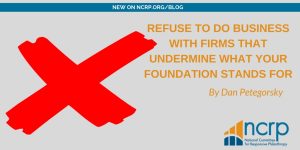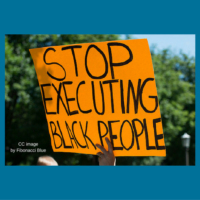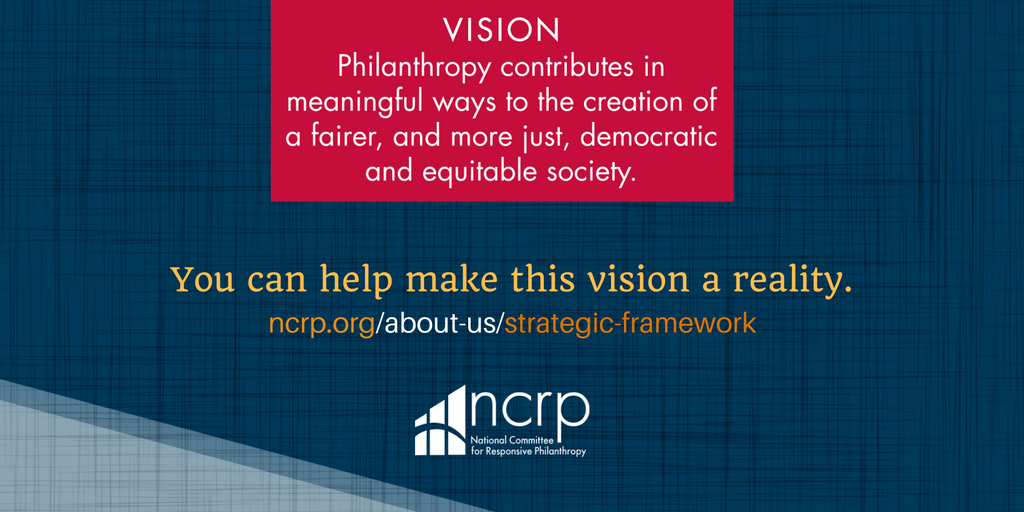In 2014, this email from a grant applicant hit our inboxes:
“Your organization is really not treating people with respect. This is the second time I was told that there would be a delay in your organization’s decision. There were so many excuses such as staff changes, your organization’s uncertainty about my project, and hence the requirement for an external audit.
“Yes, the deadline has been missed and even if there’s a grant now, it is too late. I am disappointed not about not getting the grant, but how you treat others.”
She was right. And worse, she was likely speaking for many applicants before her who did not have the guts to be honest with us about our process.
In our hands was the ability for this woman’s project to be green-lighted or not, and we blew it. But what could we have done differently with a new-ish organization still building its infrastructure, too few staff, not enough time, an influx of applications and a complex process to juggle?
We looked to other foundations to learn how they managed applicants – and we were surprised to learn most foundations just don’t bother. In 2011, Foundation Center noted that 60 percent of the largest foundations in the U.S. do not accept unsolicited applications. Last year, Pablo Eisenberg shared in this commentary on Huffington Post that the numbers have gone up to 72 percent, leaving a considerable amount of foundation funding virtually inaccessible to the large majority of social change efforts.
This lack of access disproportionately impacts low-income communities of color and marginalized groups who are less likely to be in relationships with funders. (Read Vu Le’s brilliant Nonprofit with Balls commentary on this.)
Many foundations that DO accept unsolicited applications often design their systems for their own benefit, not for the benefit of their applicants (with many inspiring exceptions). Applicants frequently receive an automated “Don’t call us we’ll call you” message right after submitting their application and then … they wait.
After an opaque screening process, the majority of applicants might get a form letter rejection with no explanations, no encouragement and no other resources to support them in achieving a future grant.
Many a great social change dream has died at the desk of an unresponsive, un-encouraging funder. Social innovators quickly realize foundation fundraising will suck up all the time they would prefer to use to actually change the world, versus burning themselves out with the agony of impersonal rejections and pounding on closed doors.
As funders, the social sector is counting on us. Our applicants (and potential applicants) are visionaries, optimists, innovators and dreamers. They give voice to new solutions, risky ventures, untested ideas and vulnerably share their project plans with us, leaving their future in our hands for further judgment. And for the most part, we basically blow them off.
What if we took our jobs as not just grantmakers, but as application reviewers and, ultimately, “grant rejectors” to heart? The vast majority of groups who apply for foundation funding will not receive any funding at all, and the selection rate for the largest foundations can be miniscule. The Pollination Project, in contrast, hovers around 15 percent. What if we built our application systems with the needs of grantseekers in mind?
Back when we received “the email that changed everything,” we started asking our applicants what they wanted from our process. The majority said “transparency.” They wanted to know what the timeline was for making a decision, and if they didn’t get funding, why not.
Our little team (three full-time staff who, among many other things, handle nearly 3,000 applications and 500 grants every year) set out to re-engineer our application process around what applicants asked for, not what was most convenient.
This led to our Applicant Bill of Rights, a guiding document that challenges us to interact with applicants in a way that is aligned with the kind of just, generous, compassionate world we want to create.
As it turns out, creating transparent, applicant-friendly systems was easier than we thought. About half of the challenge is clearly communicating your guidelines, and the other half can be answered by a really good database that talks to your application system and reports back to applicants at regular intervals. Everything else is just a question of policy making funding accessible within an open application process. (Read more about The Pollination’s Project’s application workflow.)
Among the many upsides of a responsive, transparent and open application process is giving organized social change efforts a place to tell their story and to be acknowledged whether they get funding or not. Sometimes this is all that is needed for a project to be successful.
Not long ago, and thousands of applications after “the letter that changed everything,” we received this email from another applicant:
“Recently, I submitted a grant application. I learned last week that I wasn’t selected to receive the grant. I’m writing to tell you that you made the right decision! I actually don’t need the grant!”
The applicant went on to share all the ways her organization is raising money and all the successes they have started racking up without our funding.
She closed: “Thank you for helping people to dream. When I first thought of creating this project, I did so thinking I had a good shot at a grant from you. With that belief in the front of my mind, I got to work. So in a weird way, you helped me get started.”
What if our impact was measured not just in the grants we make, but in the grants we don’t make? Funders: It is our job to leave our applicants feeling respected, acknowledged and cared for, whether or not we fund their projects.
Alissa Hauser is the executive director of The Pollination Project. Follow @Pollinationproj on Twitter.



 Dan Petegorsky is NCRP’s senior fellow and director of public policy. Follow
Dan Petegorsky is NCRP’s senior fellow and director of public policy. Follow Dan Petegorsky is senior fellow and director of public policy at NCRP. Follow
Dan Petegorsky is senior fellow and director of public policy at NCRP. Follow  10.
10.  8.
8.  6.
6.  4.
4.  2.
2. 